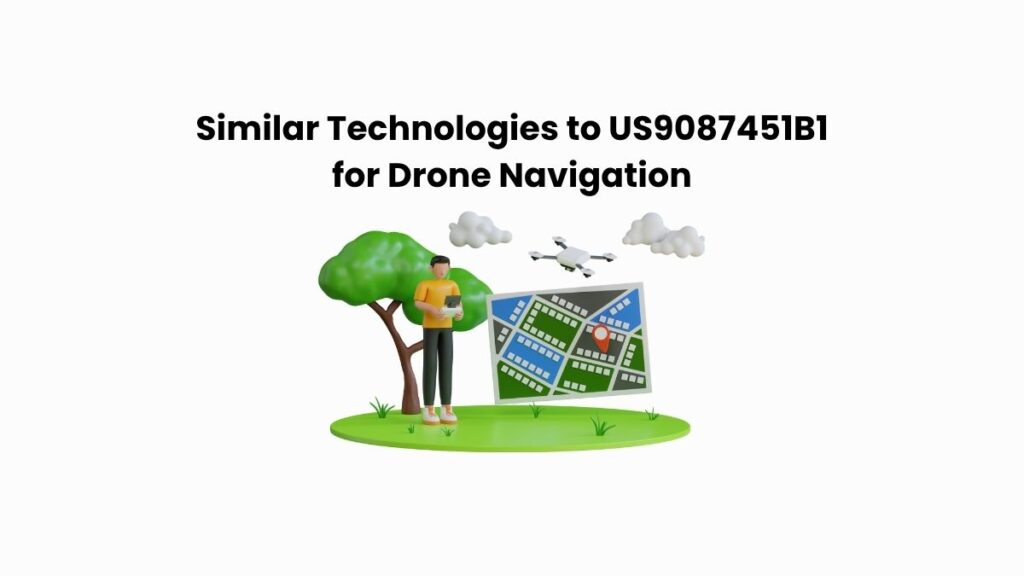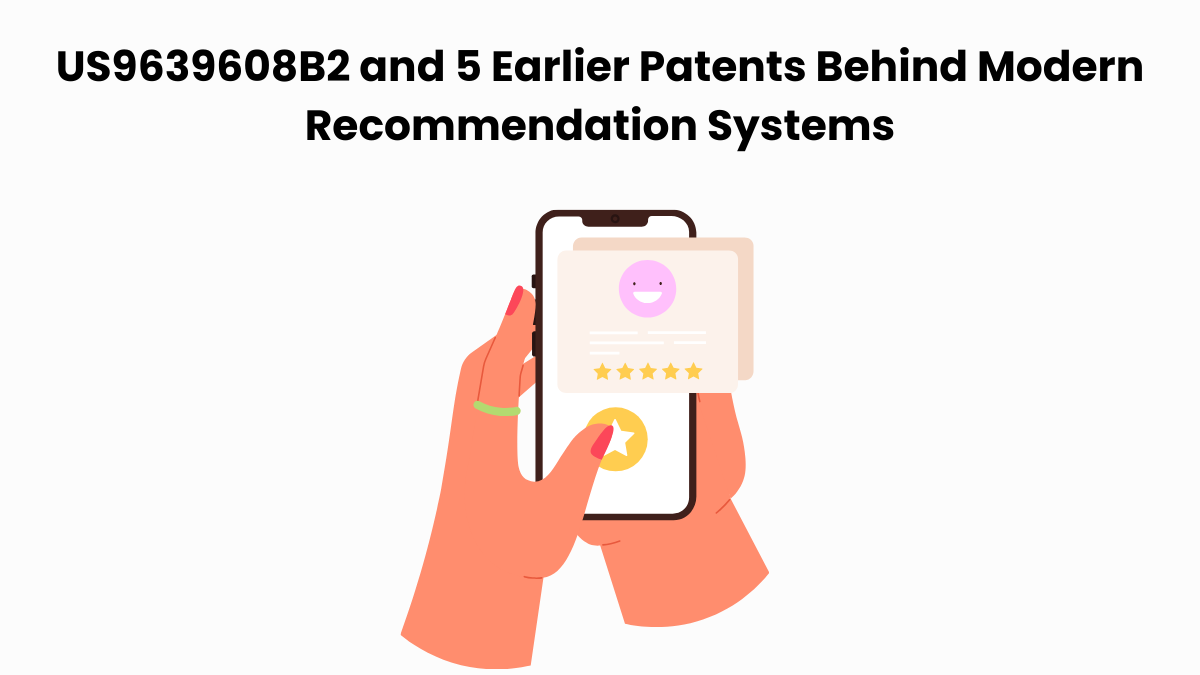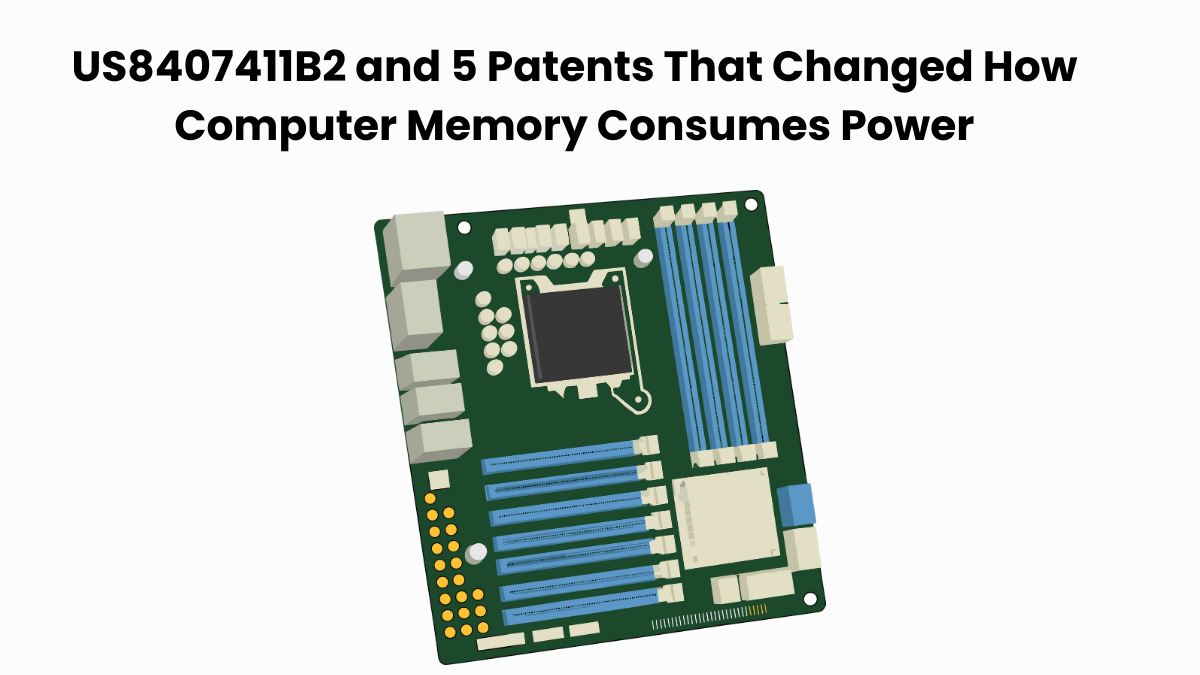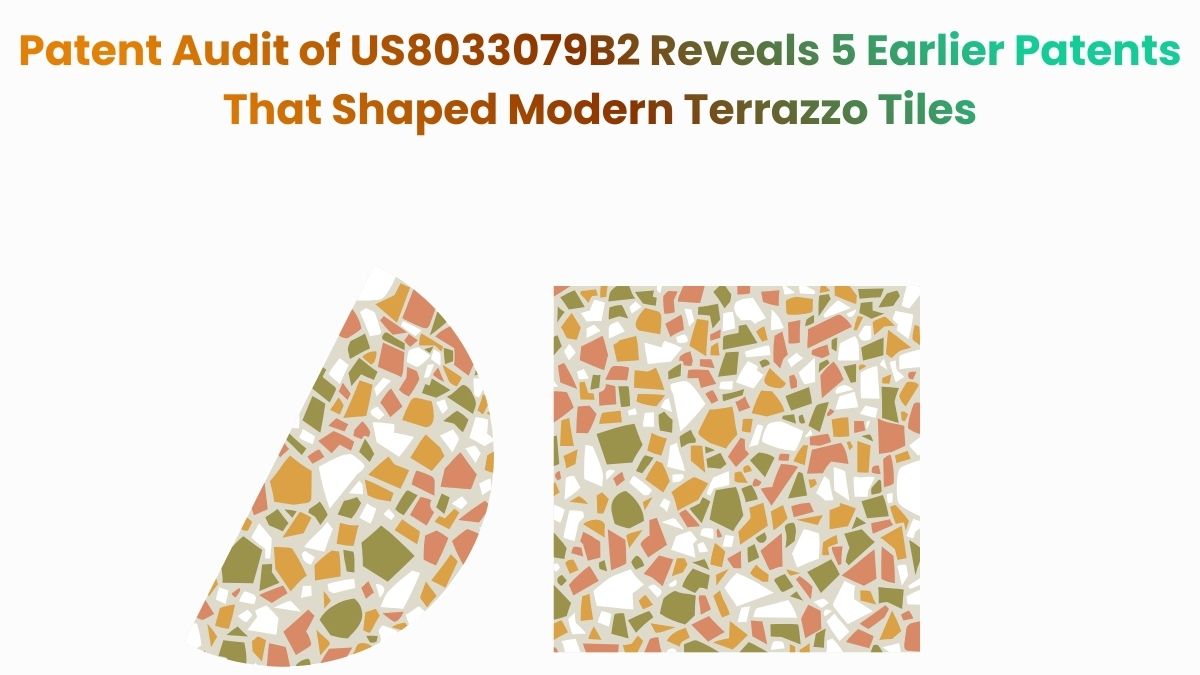Some technologies don’t just support innovation, they define its direction. That’s what makes US9087451B1 stand out.
Now cited in the ongoing LightSure LLC v. Applied Aeronautics LLC case, this patent has become a focal point for those studying advancements in Unmanned Aerial Vehicle (UAV) systems and low-power, long-range communications. While we’ll leave the legal analysis to others, the technical concepts at the heart of this patent are clearly relevant to today’s evolving aerospace landscape.
In this article, we turn to the Global Patent Search (GPS) tool to map out patents that share conceptual and architectural similarities. Instead of framing this around a courtroom, we focus on the technology, identifying where comparable ideas show up across the patent landscape. For those involved in research, innovation, or IP strategy, this data-driven analysis offers a meaningful look into related developments.
Understanding Patent US9087451B1
US9087451B1 outlines a method for managing UAV communication using roadside lighting assemblies equipped with transmitters, receivers, and processing modules. These systems guide UAVs through controlled airspaces, enabling real-time communication, altitude adjustments, and traffic logging.
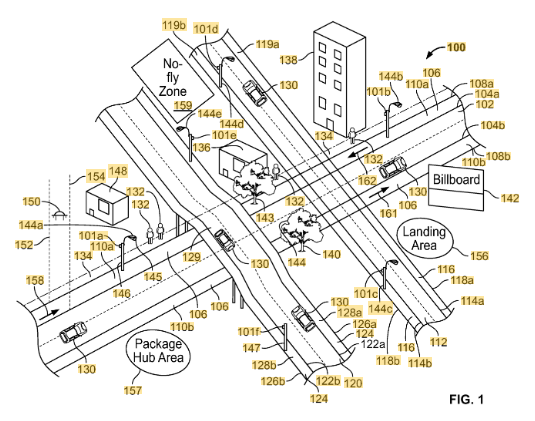
Source: Google Patents
Its four key features are
#1. Communication via lighting assemblies – UAVs interact with communication modules embedded in lighting systems positioned near roadways.
#2. Altitude guidance through air corridors – The system instructs UAVs to fly within defined altitude ranges based on their location.
#3. Location-based identifiers – UAV and lighting station positions are determined using GPS coordinates for contextual command exchange.
#4. Logging and monitoring capabilities – UAV activity is tracked, including timestamps and compliance with flight paths or speed limits.
This patent introduces a scalable approach to UAV coordination using existing urban infrastructure.
A comparable approach to accessing items within stacked containers is described in US10273075B2 and its sliding-drawer hat organizer.
Similar Patents As US9087451B1
To explore the innovation landscape surrounding US9087451B1, we used the Global Patent Search tool to identify related inventions. Below is a quick glimpse of the GPS tool in working.
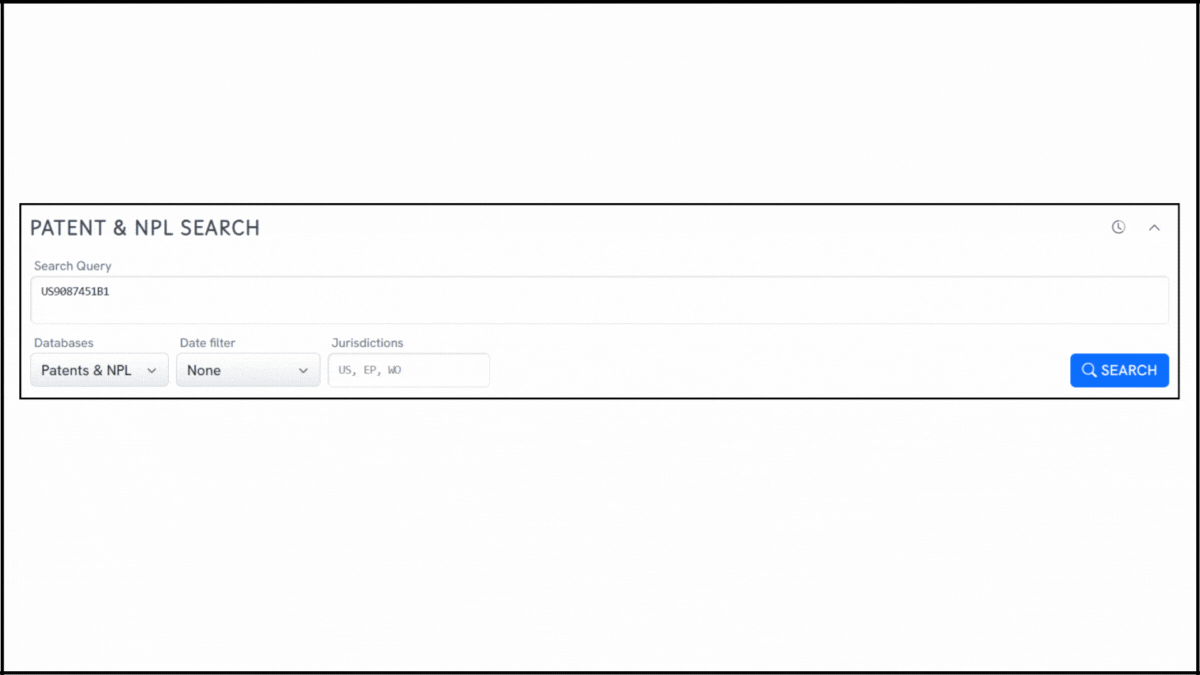
Source: Global Patent Search
This surfaced patents that address similar challenges in unmanned aerial communication, roadside-based signaling systems, and traffic control infrastructure. Below is a curated look at five such references. Together, they provide a richer view of how different technologies are tackling coordination between mobile units and fixed communication stations.
#1. CN106463049B
This Chinese patent, CN106463049B, published in 2019, describes an outdoor lighting network (OLN) designed to aid autonomous vehicle navigation by providing environmental perception data and sensor calibration support. It integrates sensors, transmitters, and control modules into light poles to broadcast road and local area data to vehicles.
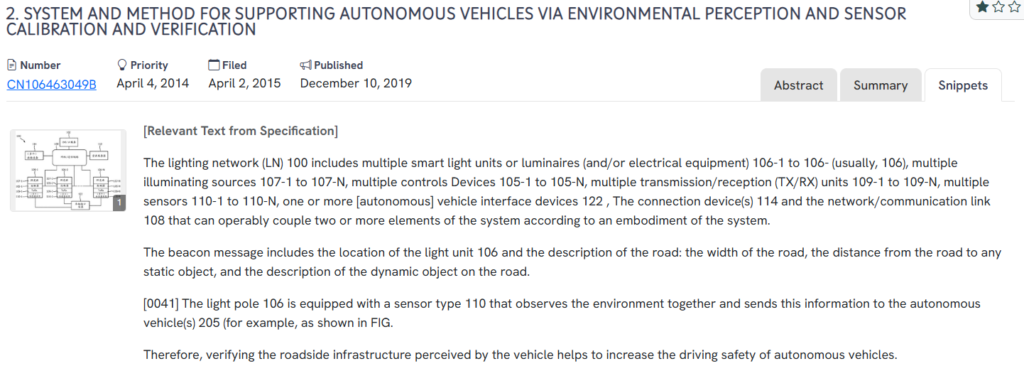
Source: GPS
What this patent introduces to the landscape?
- Sensor-integrated lighting poles – Light units equipped with environmental sensors, communication modules, and processing devices deliver real-time contextual information.
- Environmental beacon broadcast – The lighting infrastructure sends data on road geometry, nearby static objects, and dynamic traffic to passing autonomous vehicles.
- Sensor verification and calibration – Vehicles compare incoming infrastructure data with onboard sensors to detect discrepancies and calibrate their systems for enhanced accuracy.
- Closed-loop vehicle-infrastructure feedback – A coordinated feedback system ensures both lighting units and vehicles maintain synchronized situational awareness.
How it connects to US9087451B1?
Although CN106463049B focuses on ground vehicles rather than UAVs, it mirrors the core idea of using lighting infrastructure as a communication and control hub. Shared elements include:
- Stationary lighting-based communication nodes
- Real-time, contextual data exchange with mobile units
- Infrastructure-assisted navigation and operational guidance
Why this matters?
This patent bolsters the utility of smart lighting networks beyond illumination, transforming them into active components of transport control systems. It reinforces the technical foundation of US9087451B1, demonstrating how similar infrastructure concepts are being applied across different mobility domains.
#2. JP2014174602A
This Japanese patent, JP2014174602A, published in 2014, presents a roadside infrastructure device designed to interact with probe vehicles using optical beacons. These beacons are positioned upstream from road crossings and enable bidirectional wireless communication to support dynamic traffic monitoring and control.

Source: GPS
What this patent introduces to the landscape?
- Strategically placed optical beacons – Beacons are installed along inflow routes to intersections, enabling early-stage communication with approaching vehicles.
- Bidirectional data exchange – The system supports both uplink (from vehicles) and downlink (to vehicles) signaling, allowing continuous interaction.
- Defined communication zones – Vehicles receive and transmit data only when within a beacon’s communication area, improving transmission reliability.
- Real-time vehicle feedback – Probe vehicles send location or status data upstream, enabling adaptive infrastructure responses.
How it connects to US9087451B1?
JP2014174602A aligns closely with US9087451B1’s infrastructure-led approach to managing mobile units. Both utilize strategically located beacons or transmitters to control traffic flow, whether vehicular or aerial, through direct wireless interaction. Key overlaps include:
- Roadside transmitters managing spatial communication
- Controlled signal zones tied to specific physical locations
- Real-time bidirectional data flow
Why this matters?
This patent exemplifies how smart infrastructure can regulate movement and enhance safety. The parallels in beacon-driven control and location-based communication support US9087451B1’s relevance in UAV contexts, demonstrating how similar frameworks are being applied to ground-based systems.
#3. US20170180046A1
This U.S. patent, US20170180046A1, published in 2017, presents a system for indoor navigation and emergency assistance using light-based communication (LCom). Luminaires within a network act as signal transmitters, sharing hazard data, positional information, and evacuation guidance through encoded light outputs.

Source: GPS
What this patent introduces to the landscape?
- Hazard-aware luminaires – Light fixtures equipped with sensors can detect emergencies (e.g., blocked elevators) and adjust light output or broadcast warning signals accordingly.
- Encoded LCom signals – Each luminaire transmits data including its ID, location, and relevant environmental conditions to aid user navigation.
- Emergency evacuation routing – Mobile devices can use received LCom data to compute safe routes through indoor spaces.
- Relay-based luminaire networking – Some luminaires function solely as relays, extending data coverage across large or complex environments.
How it connects to US9087451B1?
Though designed for indoor environments, US20170180046A1 parallels US9087451B1 in using lighting infrastructure to deliver real-time, location-specific data to mobile units. Shared concepts include:
- Infrastructure-guided navigation
- Transmission of hazard or obstruction data
- Distributed communication nodes within a fixed lighting network
Why this matters?
This patent highlights how lighting systems can play an active role in situational awareness and emergency response. It supports US9087451B1’s broader theme: transforming static infrastructure into intelligent communication platforms for mobility, safety, and spatial coordination.
#4. JP2008283580A
This Japanese patent, JP2008283580A, published in 2008, outlines a communication system using optical beacons and roadside devices to enable reservation-based wireless communication with vehicles. It introduces a mechanism to reduce transmission conflicts by coordinating communication timing through light-based signaling.
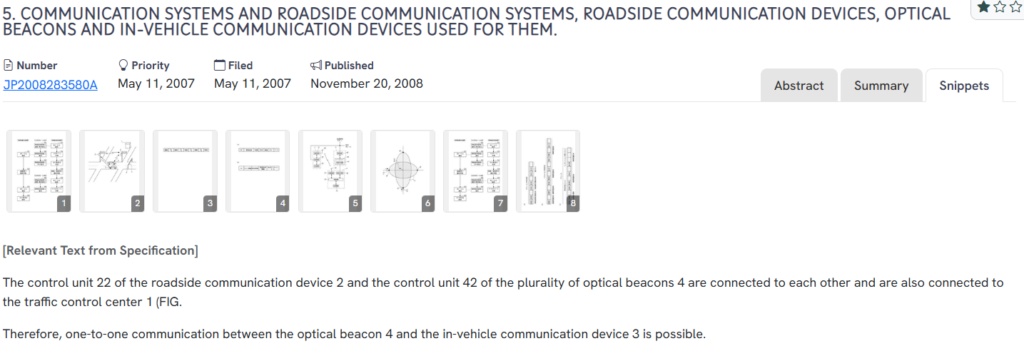
Source: GPS
What this patent introduces to the landscape?
- Reservation-based communication scheduling – Roadside devices allocate specific time slots using TDMA to minimize transmission collisions in high-traffic zones.
- Optical beacon coordination – A light beacon marks the boundary of a controlled communication zone and signals vehicles when to initiate or halt data exchange.
- Integrated roadside and beacon network – Optical beacons and roadside units are linked through a control network tied to a central traffic management center.
- One-to-one device pairing – Each in-vehicle unit communicates individually with beacons for precise control and timing of data transmissions.
How it connects to US9087451B1?
JP2008283580A and US9087451B1 both utilize roadside infrastructure and optical signaling for communication management. Their shared foundations include:
- Distributed fixed communication units managing mobile traffic
- Use of light-based signals for coordinating entry into communication zones
- Integration with a centralized control system for broader oversight
Why this matters?
This patent exemplifies a structured, zone-based approach to communication in traffic environments. Its use of optical triggers to synchronize data exchange aligns with the airspace coordination model of US9087451B1, highlighting how environmental cues from infrastructure can optimize real-time mobile interaction.
A lot of this thinking is also reflected in our analysis of autonomous vehicle companies, where roadside and onboard sensing networks work together to coordinate movement and safety.
#5. WO2014101825A1
This international patent, WO2014101825A1, published in 2014, introduces a traffic system that leverages LED lighting with integrated optical transceivers for wireless communication. The system bridges wired and wireless networks to enable real-time data exchange, traffic control, and environmental sensing across transport modes including roadways and waterways.

Source: GPS
What this patent introduces to the landscape?
- LED lighting with optical communication – Lighting fixtures integrate wireless optical transceivers to function as data nodes in a smart traffic system.
- Hybrid data transmission model – The system transitions between optical fiber, powerline carriers, and wireless networks for flexible connectivity.
- Environmental data modeling – Light-based communication supports real-time collection of traffic flow, light intensity, and geographic positioning data.
- Cross-domain application – The infrastructure is adaptable for road, maritime, and aviation environments through modular sensor integration and bi-directional data flow.
How it connects to US9087451B1?
WO2014101825A1 and US9087451B1 both propose lighting infrastructure as active components in a broader communication ecosystem. They share technical elements like:
- Lighting-based wireless communication nodes
- Use of geographic and positional data for traffic modeling
- Modular, sensor-enabled infrastructure linked to centralized systems
Why this matters?
This patent illustrates the growing role of smart lighting systems in managing transportation logistics. Its multi-modal adaptability and hybrid communication approach echo US9087451B1’s UAV-ground integration model, highlighting how intelligent infrastructure can unify traffic control across diverse domains.
How to Discover Related Patents Using Global Patent Search?
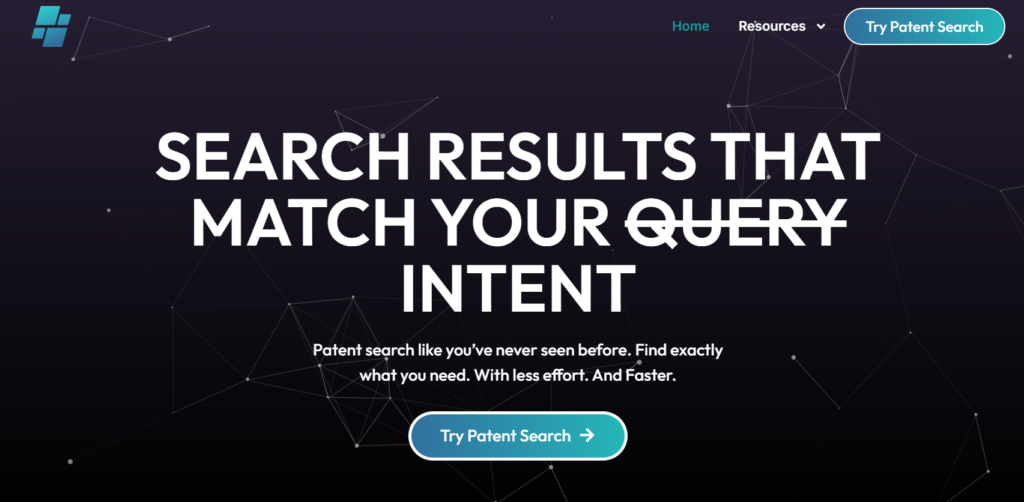
When researching a patent’s context or exploring parallel innovations, having the right tools can make all the difference. Global Patent Search simplifies this process by revealing connections across different sectors, timelines, and regions. Here’s how it supports your exploration:
1. Start with a patent number: Input the original patent number into GPS. The tool automatically interprets it using natural language processing, with the option to fine-tune results using relevant technical terms.

2. Scan functional excerpts: GPS extracts and displays insightful snippets from similar patents, offering a clear view of overlapping technical functions or conceptual elements.
3. Reveal architectural similarities: Discover inventions that share underlying system designs, operational logic, or implementation strategies, even when applied in different fields.
4. Focus on design, not legalese: Instead of dissecting claim language, GPS emphasizes functional and structural comparisons, making it easier to judge relevance from a technical standpoint.
5. Bridge innovation across domains: Whether you’re tracking advances in UAV traffic control, smart lighting, or environmental data systems, GPS helps map connections across traditionally siloed areas of tech.
By delivering structured insights and contextually matched references, Global Patent Search empowers faster, more intelligent patent analysis, helping users uncover deeper layers of innovation.
Disclaimer: The information provided in this article is for informational purposes only and should not be considered legal advice. The related patent references mentioned are preliminary results from the Global Patent Search tool and do not guarantee legal significance. For a comprehensive related patent analysis, we recommend conducting a detailed search using GPS or consulting a patent attorney.

